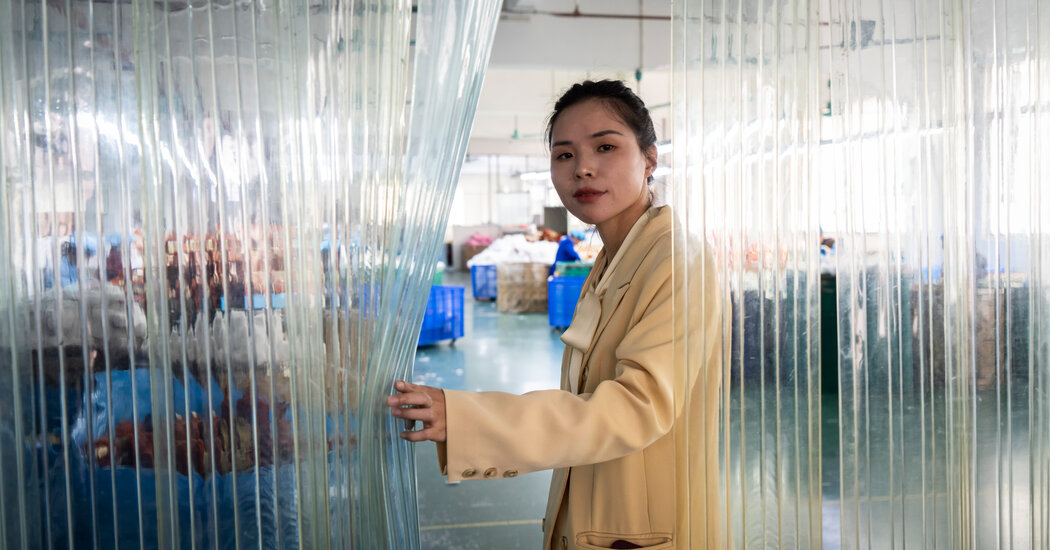The Impact of Tariffs on Chinese Manufacturing
In a bustling factory located in southern China, women clad in blue cloth hairnets meticulously sew the final touches on adorable plush pink piggies and vibrant orange stuffed foxes. Once completed, these charming toys are tossed onto towering piles, ready to be boxed up and shipped across the ocean to the United States, where a significant portion of factory owner Maria Liao’s clientele resides.
However, the atmosphere in the factory has grown unexpectedly subdued. This year, order volumes have significantly declined as Ms. Liao’s customers adopt a cautious stance amid a series of tariffs imposed by President Trump on Chinese imports. These tariffs, which have already disrupted the flow of goods, are anticipated to escalate further with a new round expected this week. The consequences of these duties have rippled through the small businesses in America that rely on Chinese factories to manufacture the products they design and market.
“We feel utterly helpless,” remarked Ms. Liao, 33, who manages the factory alongside her older brother. “It’s challenging to predict what the next quarter will bring.”
Ms. Liao is one among millions in China who are engaged in the intricate processes of sewing, cutting, building, and assembling a wide array of products—from toys and clothing to tools and vehicles—that Americans utilize in their daily lives. The labor they provide enables companies to produce and deliver goods to households in the U.S. swiftly and affordably.
Despite facing these challenges, China continues to maintain a staggering $1 trillion trade surplus, solidifying its status as a global manufacturing powerhouse.
Credit: Qilai Shen for The New York Times




